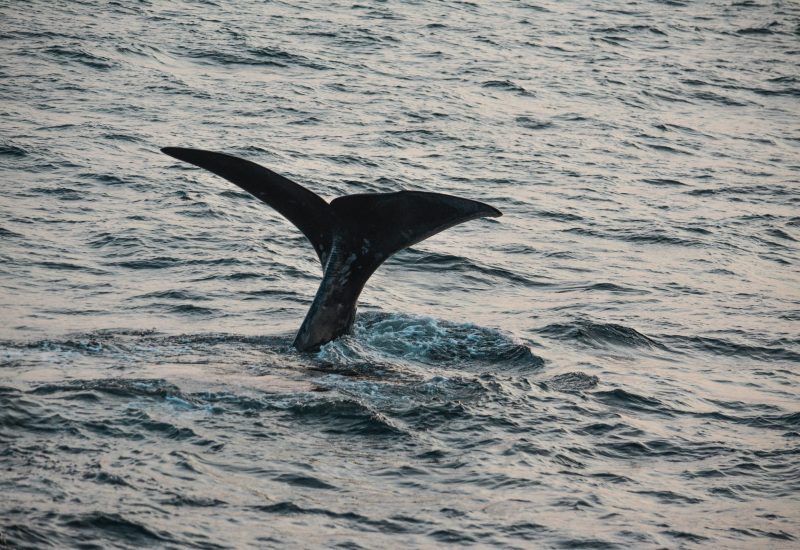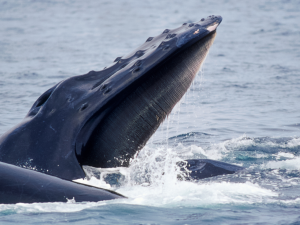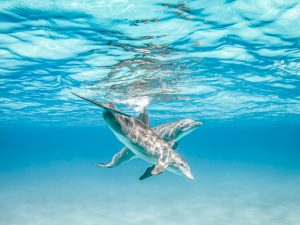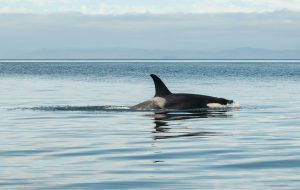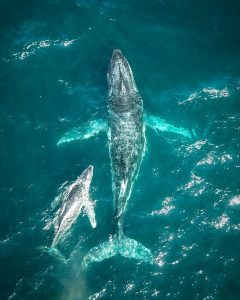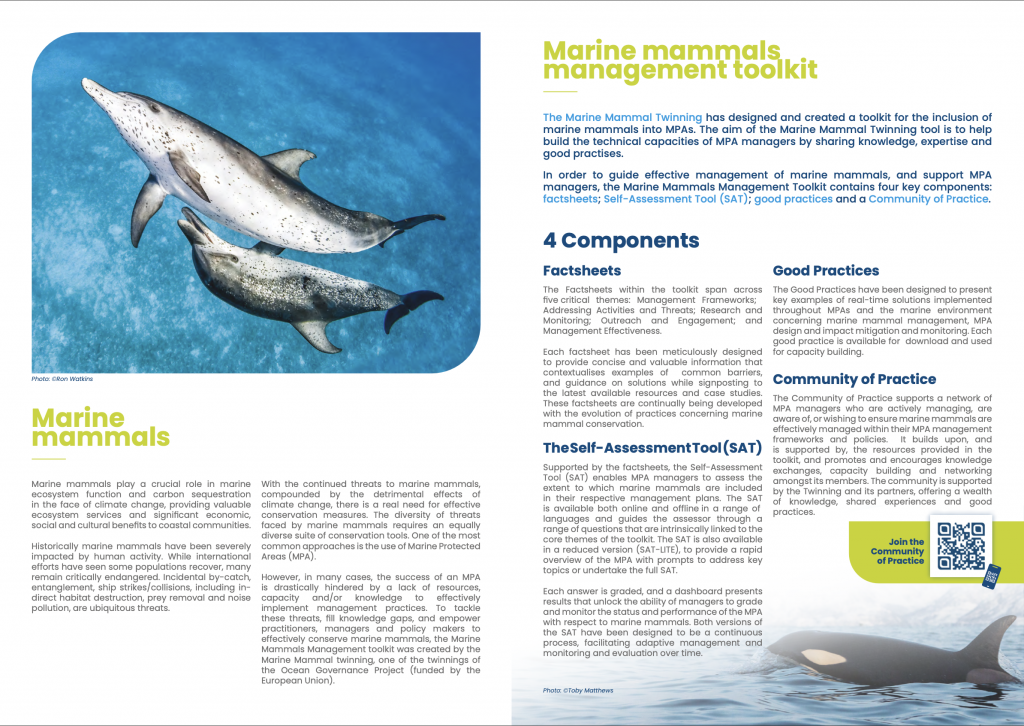For more than 40 years, a group of researchers in New England (US) have been monitoring the population of the critically endangered North Atlantic right whale, by photographing them and tracking their movements throughout their extensive range. The whales migrate from their feeding grounds off the north-eastern coast of the US and Canada, to the calving grounds in the Southern US, off the coast of South Carolina, Georgia and Florida.
Once thousands of whales could be found in the Atlantic Ocean, by the 1880s they were pushed to near extinction by the commercial whaling industry. And the latest population numbers, released by the North Atlantic Right Whale Consortium, represent yet another difficult chapter in the whales’ history. The new numbers suggest that only 340 whales remained as of 2021, a sharp decline from the nearly 500 recorded in 2010. Furthermore, according to the report, 18 calves were born in 2021, which is well below the average of 24 calves per year in the 2000s. While the 2022 population estimates won’t be released until October next year, signs of serious concern are already present according to researchers. To date in 2022, only 15 calves were born in addition to the 10 whales entangled by fishing gear, and at least one whale being struck by boat this year.
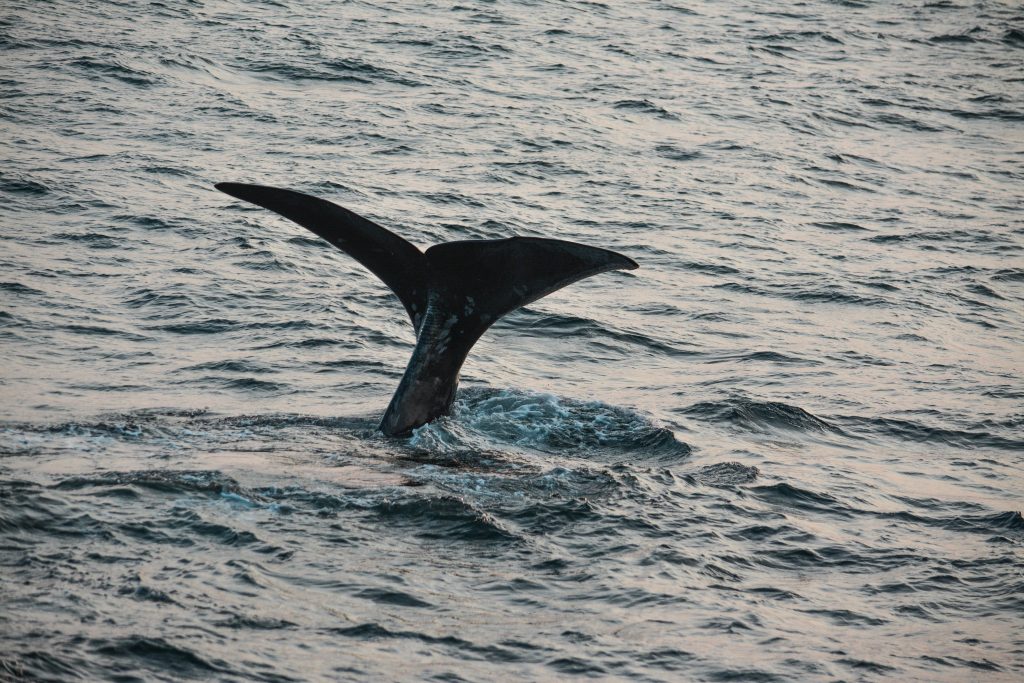
“What we’ve seen over the last two decades is, simply put, mortality caused by humans is outpacing reproduction in the species”, said Heather Pettis, a research scientist at the New England Aquarium and executive administrator of the North Atlantic Right Whale Consortium. In addition, an article recently published in the scientific journal Frontiers in Marine Science, suggests that the whales are also getting smaller in size, which is further negatively impacting their ability to reproduce.
While gear entanglement and vessel strikes are the main causes of death for the whales, climate change is also a factor in this alarming population trend. Warming water temperatures are affecting where zooplankton (the whale’s main food source) multiply in great numbers, which in turn drives the whales into areas with fewer protections.
Nonetheless, there is hope on the horizon. Strict regulations have been imposed on both a state and federal level on lobster and crab fisheries whose gear has historically been found to cause entanglements. Seasonal fishing closures, the requirement of using easily breakable rope and the experimentation of “ropeless” fishing gear are all measures which could aid in the stabilisation of the North Atlantic Right whale population level, taking a step away from functional extinction.
Source: https://phys.org/news/2022-10-endangered-whale-decline-population-falls.html
More resources on entanglement and vessel strikes can be found in the entanglement and collision/strike factsheet of the Marine Mammal Management Toolkit.

